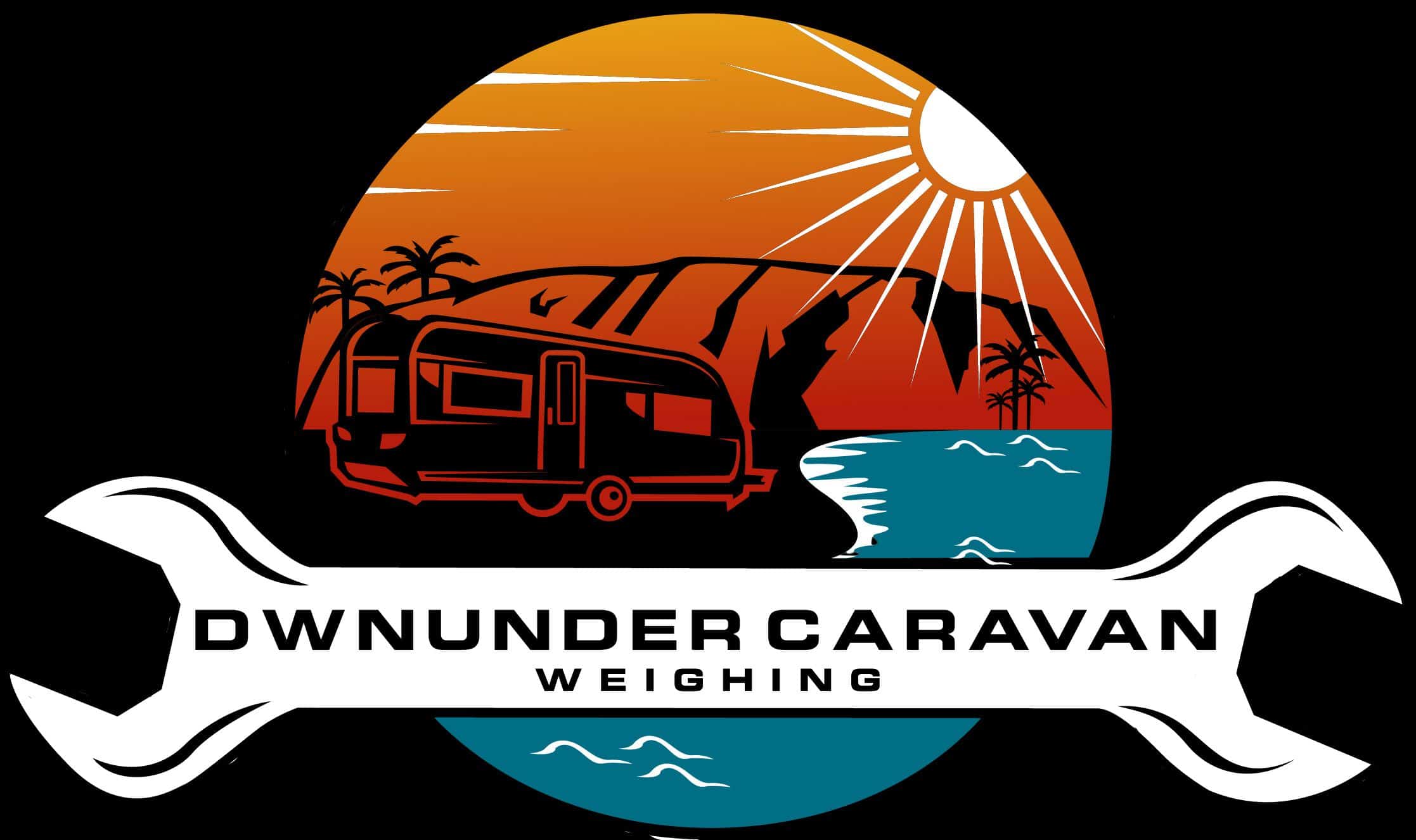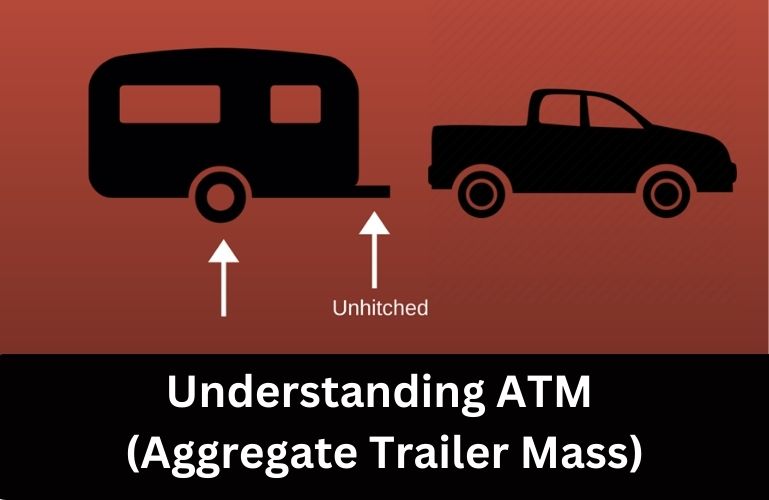Understanding ATM (Aggregate Trailer Mass): Decoding the Weight Rating of Your Trailer
If you’re a caravan owner, you might have encountered the term ATM (Aggregate Trailer Mass) and wondered what it means. ATM refers to the maximum weight at which your caravan can be loaded. In this blog post, we will unravel the meaning of ATM and explore its significance.
Defining ATM
ATM, or Aggregate Trailer Mass, represents the maximum weight your caravan can safely carry when fully loaded. It includes the weight of the caravan itself (“tare weight” aka empty), chassis, added accessories (solar panels, battery system, outdoor kitchen), and any items, supplies, water, fuel, camp chairs and anything else you can stuff into the tunnel boots and under the bed.
Weight Limit and Safety
Making sure that your following the specified ATM ensures your caravans safety and structural integrity. Exceeding the ATM can stress the caravans components, such as the chassis, suspension, tires, and braking system. This can compromise your caravans stability, handling, and braking performance, increasing the risk of accidents or equipment failure. The last thing you need on your trip away is to be stopped half way and having mechanical issues.
Legal Compliance
Understanding and adhering to the ATM of your caravan is not only important for safety reasons but also for legal and insurance purpose. Exceeding the ATM may result in fines, penalties, legal consequences or even loss of insurance and with some of the set ups out there exceeding the $200k mark this is something that you wouldn’t want to get wrong.
Load Distribution and Balance
Proper load distribution within the trailer is essential for maintaining stability and control. While staying within the ATM (Aggregate Trailer Mass), ensure that the weight is evenly distributed to prevent excessive stress on any particular part of the trailer. A balanced load reduces the risk of swaying, enhances braking efficiency, and minimises the strain on the towing vehicle.
Conclusion
Understanding ATM (Aggregate Trailer Mass) is crucial for caravan owners. ATM represents the maximum weight your caravan can safely carry. Staying within your caravan’s ATM ensures safety, stability, legal compliance, optimal towing performance, insurance validity, and safer roads for everyone.
It’s important for all of us to stay safe and knowing your weights is a key part of it.
If you need any further information, feel free to reach out.
DwnUnder Weighing – Your Mobile Weighing Services
- Phone: 0492 184 495
- Email: info@dwnunder.com.au
- Website: www.dwnunder.com.au

